7 Crore+ Customers

Affordable Premium

Accessibility Options

General

General Products
Simple & Transparent! Policies that match all your insurance needs.


37K+ Reviews
7K+ Reviews
Scan to download
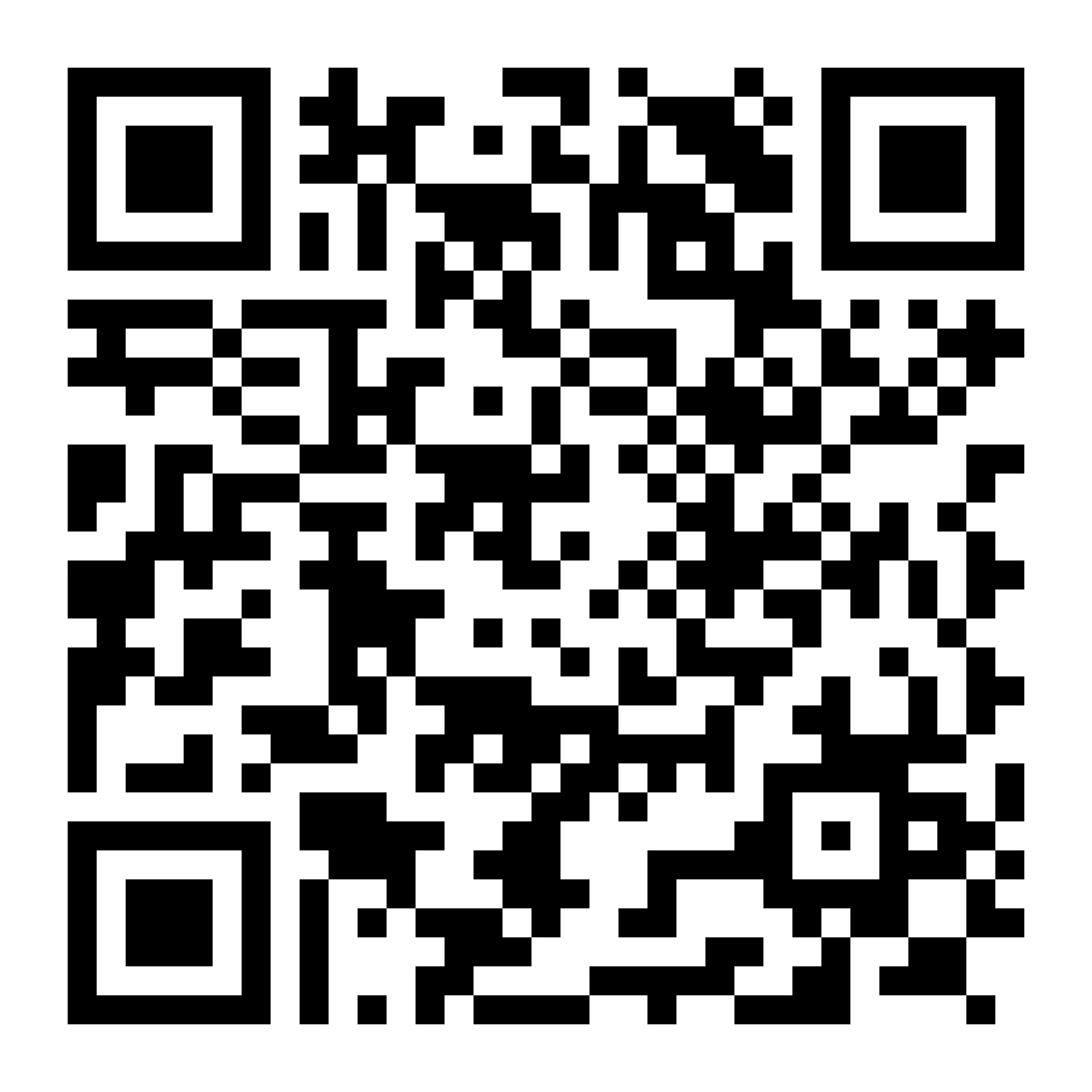
Life

Life Products
Digit Life is here! To help you save & secure your loved ones' future in the most simplified way.


37K+ Reviews
7K+ Reviews
Scan to download
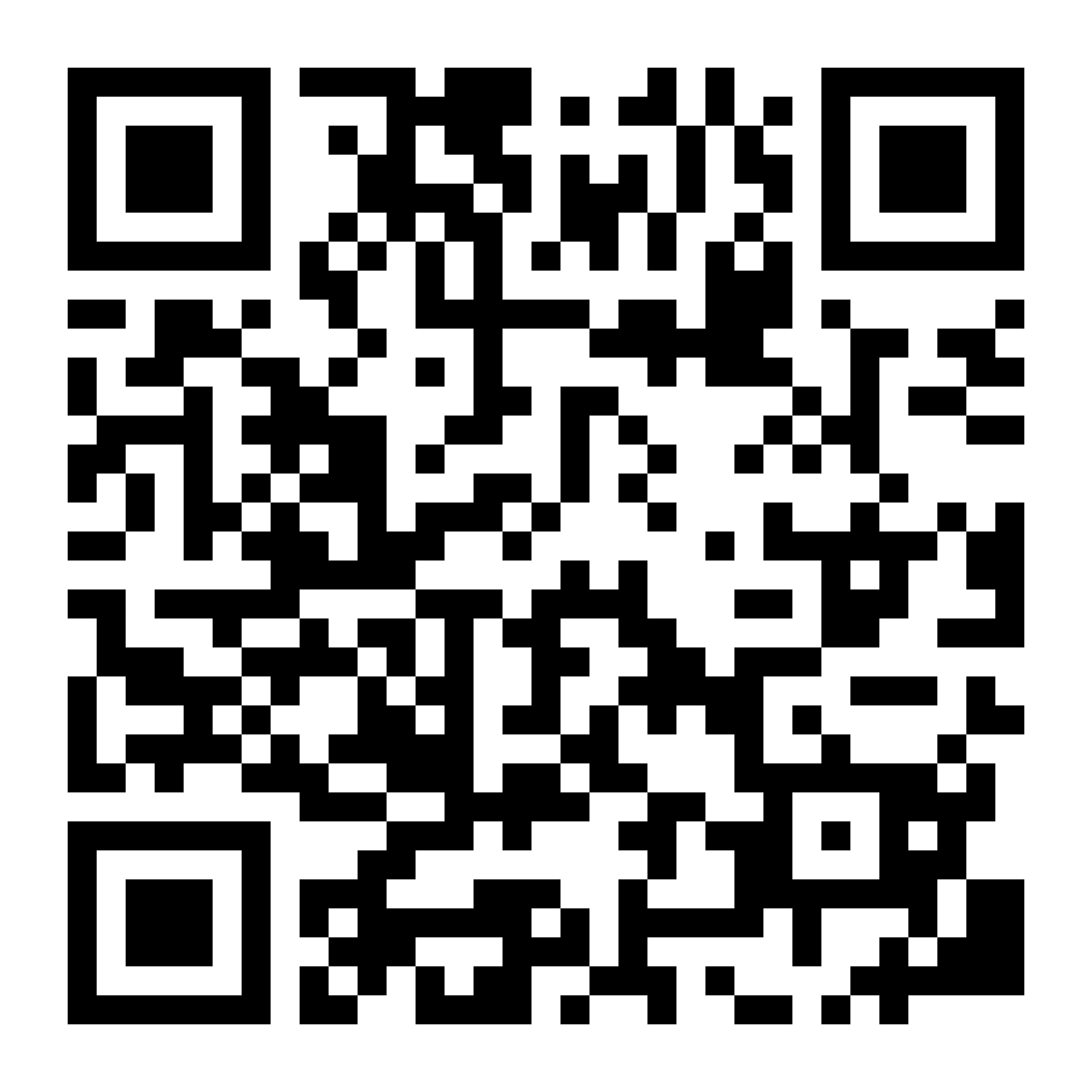
Claims
Claims
We'll be there! Whenever and however you'll need us.
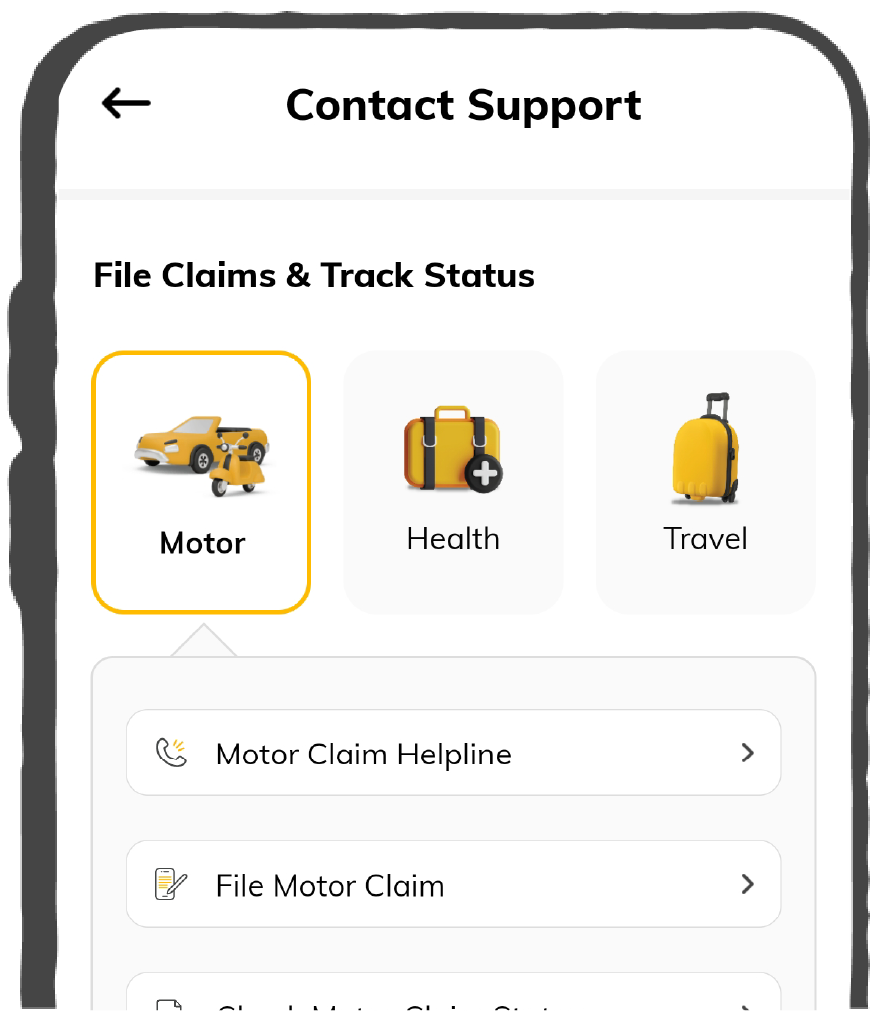

37K+ Reviews
7K+ Reviews
Scan to download

Resources
Resources
All the more reasons to feel the Digit simplicity in your life!
 Tools & Calculators
Tools & Calculators
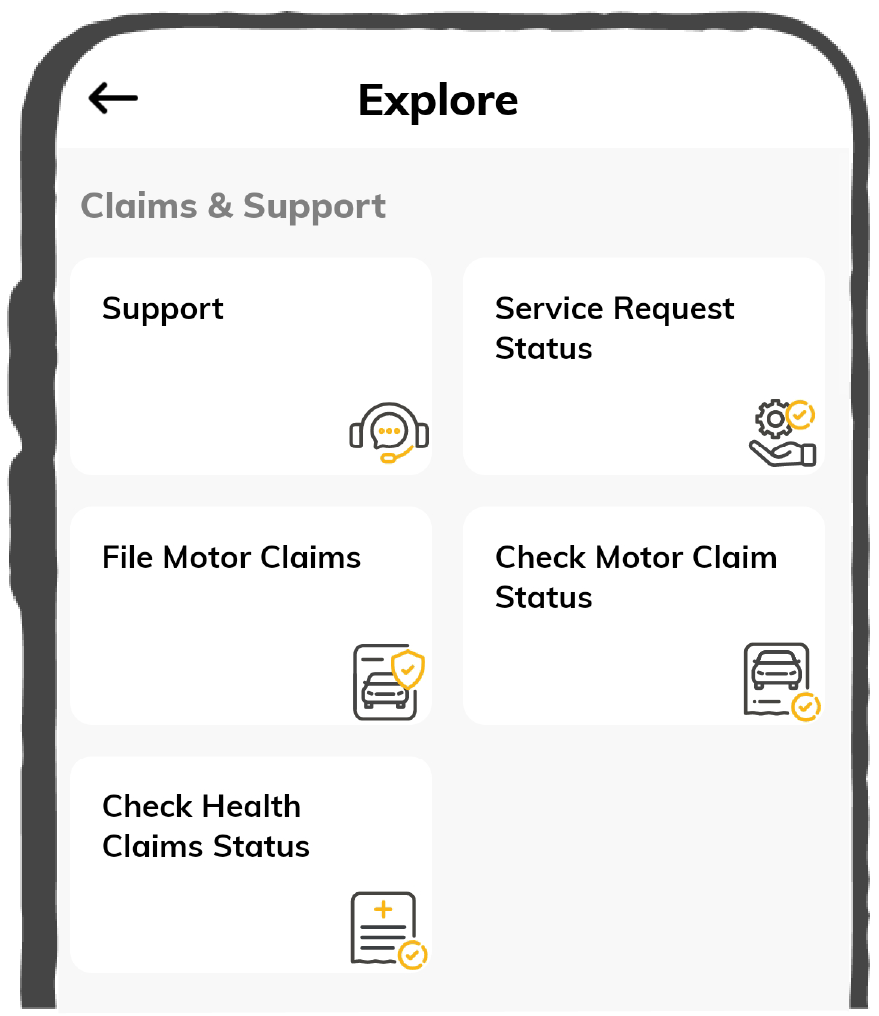

37K+ Reviews
7K+ Reviews
Scan to download

37K+ Reviews
7K+ Reviews
Select Preferred Language
Our WhatsApp number cannot be used for calls. This is a chat only number.

Enter your Mobile Number to get Download Link on WhatsApp.
You can also Scan this QR Code and Download the App.

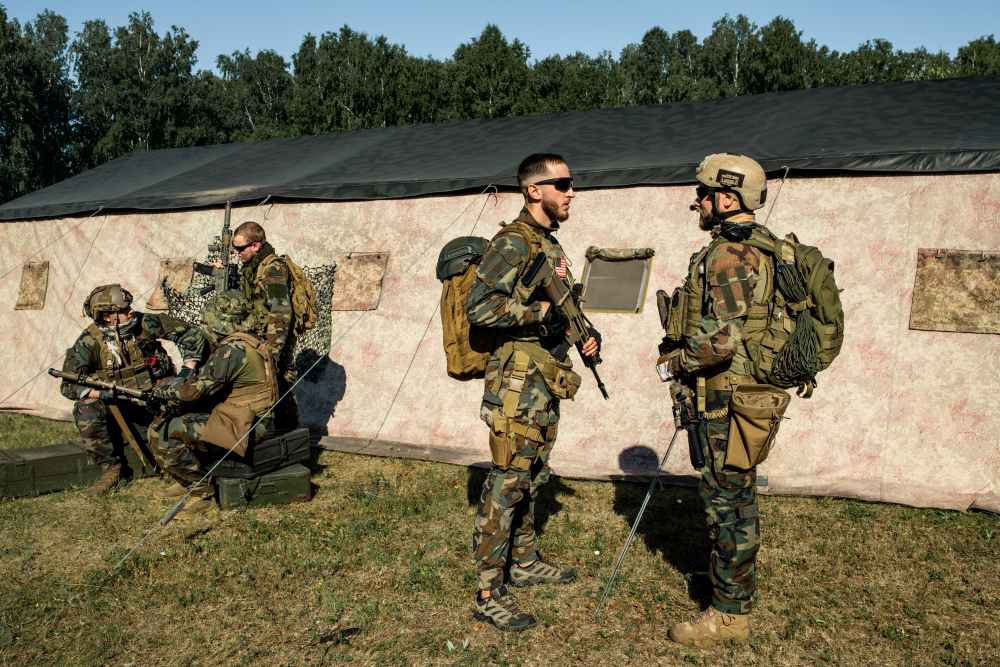
The Special Task Force is a potent shield created to tackle the nation's most pressing dangers. STFs are specialist units rigorously educated to undertake various missions and comprise elite personnel with remarkable skills.
In this article, we will dig into the fascinating world of India's STFs, uncovering their unique capabilities and their critical role in ensuring the nation's security and sovereignty.
In India, security services are provided to well-known individuals whose lives are jeopardised due to their job or fame. To protect people from such anti-social forces, several types of security are offered based on the information provided by the intelligence agency.
The security category is divided into five groups and assigned to a person after assessing the hazards. Several security classes are available, including X, Y, Z, Z+, SPG, and others.
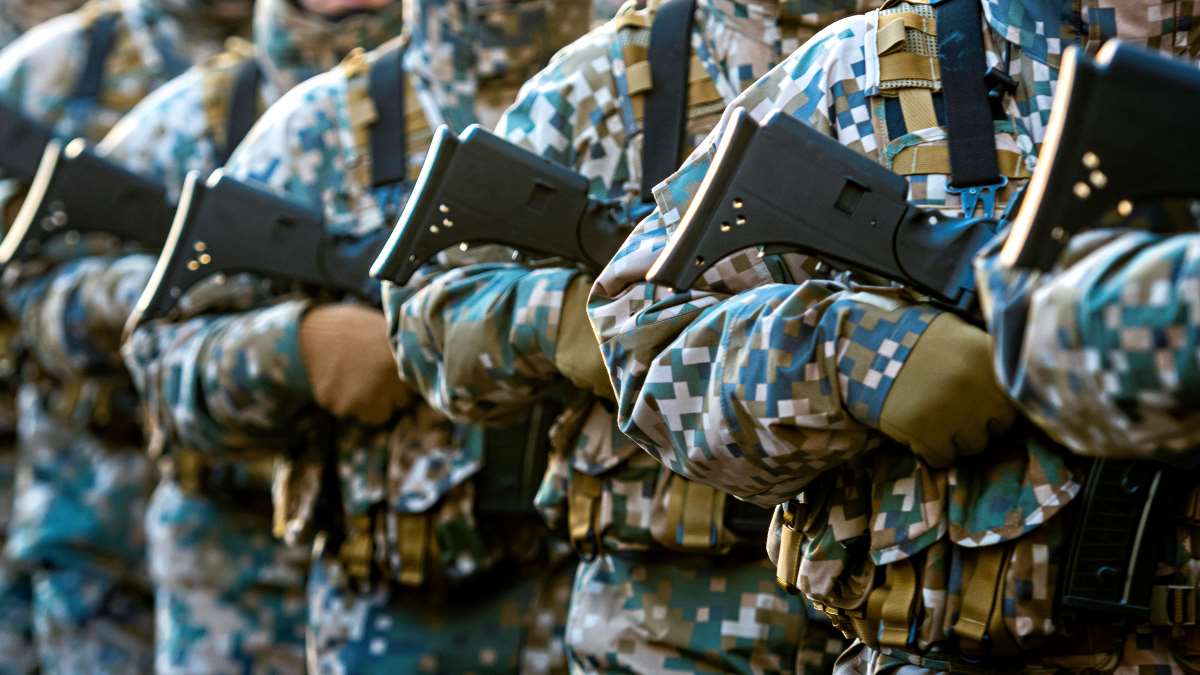
The government evaluates security coverage regularly depending on intelligence inputs and potential hazards, therefore modifying security levels as needed to ensure safety.
The emphasis on security cover takes primacy in India's rich tapestry of safety measures, protecting individuals and groups from criminal and terrorist threats. The Indian government tailors security levels to the anticipated danger using a precisely tiered methodology.
In India, persons' security categories are determined based on information provided by intelligence agencies. Security categories are divided into five groups after considering potential risks and threats: X, Y, Z, Z+, and SPG. The category to which an individual is assigned is determined by the level of danger they face.
In India, persons' security categories are determined based on information provided by intelligence agencies. Security categories are divided into five groups after considering potential risks and threats: X, Y, Z, Z+, and SPG. The category to which an individual is assigned is determined by the level of danger they face.
The Z level of security is one step below Z+ and is awarded to people who are judged to be at high risk. While they are given a security team of 22 people, including NSG soldiers and police officers, the Z level lacks the armed guards and bulletproof cars that are offered with Z+ protection.
The Z level of security is one step below Z+ and is awarded to people who are judged to be at high risk. While they are given a security team of 22 people, including NSG soldiers and police officers, the Z level lacks the armed guards and bulletproof cars that are offered with Z+ protection.
Individual security levels in India are constantly reevaluated based on intelligence inputs and potential hazards. To ensure the safety and well-being of at-risk persons, the government alters security classifications as appropriate.
Individual security levels in India are constantly reevaluated based on intelligence inputs and potential hazards. To ensure the safety and well-being of at-risk persons, the government alters security classifications as appropriate.
Individuals cannot, in general, request a change in their security category directly. The security cover is essentially determined by intelligence assessments and the government's discretion. Individuals, on the other hand, can offer essential information to authorities for them to appropriately assess their security needs.
Individuals cannot, in general, request a change in their security category directly. The security cover is essentially determined by intelligence assessments and the government's discretion. Individuals, on the other hand, can offer essential information to authorities for them to appropriately assess their security needs.